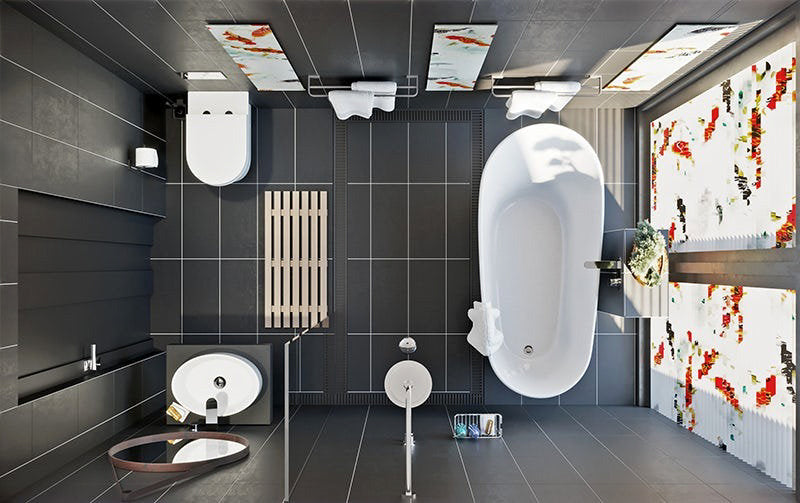
Low-flow toilet myths debunked: Fact or Fiction?
Share
As technology professionals and enthusiasts, we understand the importance of innovation and efficiency. One area that has seen significant advancements over the years is plumbing technology, specifically in the realm of toilets. Low-flow toilets have been a hot topic, often surrounded by myths and misconceptions. In this article, we aim to debunk these myths and shed light on the real benefits and challenges of low-flow toilets.

What Are Low-flow Toilets?
Low-flow toilets are designed to use less water per flush compared to traditional toilets. They became popular in the early 1990s following the enactment of the Energy Policy Act, which mandated toilets sold in the United States use no more than 1.6 gallons per flush. This was a significant reduction from the previous standard of 3.5 gallons or more. The primary goal of low-flow toilets is to conserve water, a vital resource, and reduce utility bills for consumers.
Myth 1: Low-flow Toilets Dont Work Efficiently
One of the most common myths is that low-flow toilets do not perform as efficiently as their older counterparts. Critics argue they require multiple flushes to clear waste, negating any water savings. However, advancements in toilet technology have led to the development of highly efficient low-flow models. Many of these toilets utilize pressure-assisted or dual-flush systems to enhance performance. According to eco-conscious toilet design trends, modern low-flow toilets are engineered to maximize flushing power while minimizing water usage.
Myth 2: Low-flow Toilets Are Unhygienic
Another widespread myth is that low-flow toilets are less hygienic, with claims that they leave residue behind due to reduced water usage. In reality, today's low-flow toilets are designed with advanced bowl and trapway designs that ensure a clean and thorough flush. The standards and regulations for water-saving toilets ensure they meet strict hygiene and performance criteria.
Myth 3: Low-flow Toilets Are Costly to Maintain
Many consumers believe that low-flow toilets are expensive to maintain due to potential clogs or repairs. However, research and consumer reports suggest that when properly installed, low-flow toilets are just as reliable as traditional models. Moreover, the savings on water bills often offset any initial costs. An article from Wagner Mechanical outlines how simple it is to install a water-saving toilet, further reducing potential maintenance concerns.
The Real Benefits of Low-flow Toilets
Beyond debunking myths, its crucial to highlight the tangible benefits of low-flow toilets. These include significant water savings, which contribute to environmental conservation and lower utility bills. According to the Home Water Works, switching to low-flow toilets can save up to 13,000 gallons of water annually for a family of four.
Technological Innovations in Low-flow Toilets
For tech enthusiasts, the evolution of low-flow toilet technology is fascinating. Innovations such as dual-flush systems, which offer different flush options for liquid and solid waste, and pressure-assisted flushing, which uses air pressure to enhance flushing power, are game changers. These technologies ensure efficient waste removal with minimal water use, aligning with the goals of smart home technology.
Conclusion: Embracing Efficient Plumbing Solutions
As we continue to seek ways to integrate technology into everyday life, embracing efficient plumbing solutions like low-flow toilets is a logical step. By understanding and debunking the myths surrounding these toilets, tech professionals and enthusiasts can make informed decisions that benefit both their wallets and the planet.

FAQs
Are low-flow toilets suitable for all households?
Yes, low-flow toilets are designed to work efficiently in most households. However, it's important to select a model that meets your specific needs and consult with a professional for installation to ensure optimal performance.
Do low-flow toilets require special maintenance?
No, low-flow toilets do not require special maintenance beyond what is typical for any toilet. Regular cleaning and occasional checks for leaks are usually sufficient.
Can low-flow toilets handle all types of waste effectively?
Modern low-flow toilets are engineered to handle both liquid and solid waste effectively. Features like dual-flush options and pressure-assisted systems enhance their performance, making them a reliable choice for all households.
This article contains affiliate links. We may earn a commission at no extra cost to you.
